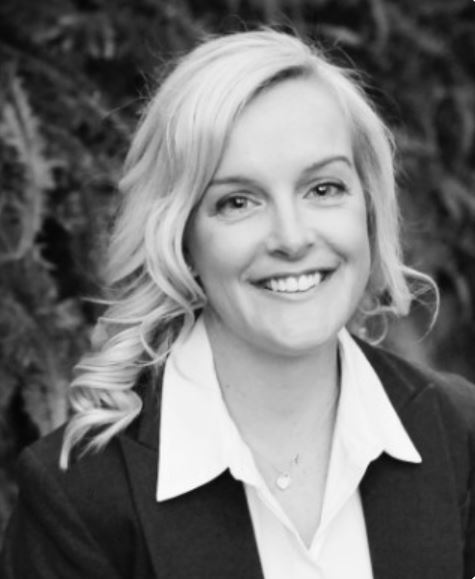During the Royal Commission’s final hearing, the Counsel Assisting said the sector “remains in the Dark Ages” when it comes to digitatisation – but there are providers that are ahead of the game. The real-time monitoring clinical care system Person Centred Software (PCS) now has 80 clients with 6,000 residents across Australia – and is even helping them win awards.
Southern Cross Care (SA, NT & VIC) Inc was recently nominated for HESTA’s inaugural Excellence Awards for its use of PCS in its 17 aged care homes across SA and the Northern Territory.
 CEO Tammy Sherwood (pictured right) says PCS allows providers to move away from reactive reporting, for example, realising at the end of the month that a resident has lost 3kg, to a proactive model of monitoring in real time.
CEO Tammy Sherwood (pictured right) says PCS allows providers to move away from reactive reporting, for example, realising at the end of the month that a resident has lost 3kg, to a proactive model of monitoring in real time.
SCC (SA, NT & VIC) has reported a reduction in falls, critical incidents, and better outcomes for wounds as a result of using the software with Flinders University about to conduct a study on the benefits.
Carers going to residents they like first
The system enables staff to respond to the residents in most need first.
Tammy noted a survey of 100 carers when the app was first developed in the UK eight years ago found carers would choose which resident to go to first by room number, call bells or which residents they liked.
“The software gives them the tools to identify which resident needs care first,” Tammy said. “If someone has a red flag, that means there is a must-do action that is overdue. A yellow flag means there is an action coming up... everything is laid out so there is no guesswork.”
Less stress for staff during COVID
Tammy also cites the reduction in stress for staff – a major issue this year with COVID – as an added benefit.
During the pandemic, agency staff could log into the system which works on a hand-held device to see residents’ likes and dislikes, care plan and end-of-life wishes as well as check if residents had signs of infection which could be COVID.
Carers with English as a second language can also use the icons on the screen to write care notes.
The system also acts as a social network, with a gateway that allows family members to view care decisions and video conference with their loved one.










